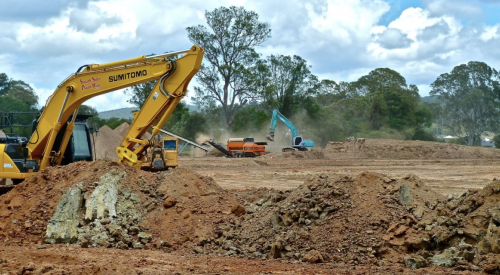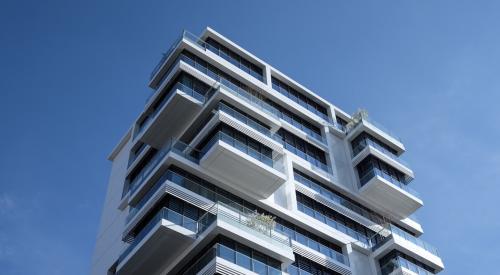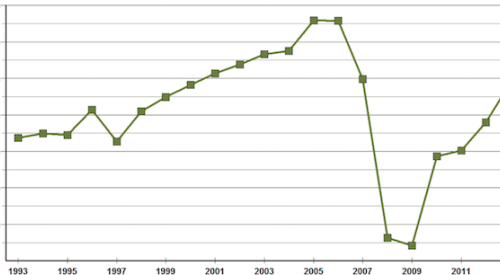|
Chuck Shinn, President, Lee Evans Group
cshinn@ leeevansgroup.com
|
If you're interested in benchmarking your own performance in our target financial ratios (shown below) against a group of better-than-average builders, here are the results of our 11th annual survey of Lee Evans Group seminar attendees. For 2003 financial results, our sample is 94 builders from all parts of the country. We have strong performers - and weak ones - in every size company and in every product category. All the variables builders think limit their profit potential are really not factors. What matters is how well you manage the company.
Sales volumes of surveyed firms ranged from $4 million (for the year 2003) to $300 million. And profitability ranged from a loss of 2 percent to a net profit of more than 35 percent. More than 22 percent of the builders participating reported net profits above 12 percent, while 25.5 percent had profits below 5 percent. The small volume builder quartile of the study, all with sales under $16 million, had the lowest average net profits - at 6.6 percent. However, 13 percent of that group exceeded 12 percent net, and the highest profit for the group was 17 percent.
|
||||||||||||||||||||||||||
Meanwhile, builders in the large volume quartile, all with sales over $60 million, had the highest average net profit at 9.6 percent. But, this quartile had the same number of builders under 5 percent profit as over 12 percent. And the highest profit in this group was 18 percent.
The second quartile - builders ranging from $16 million to just under $35 million in sales - had the second-highest average net profits, at 9.27 percent, with a range from a high of 24 percent to a low of -0.5 percent. The third quartile - builders with sales from $35 million to $60 million - had an average net profit of 9.14 percent, with a range from a high of 39 percent to a low of 1.0 percent.
What matters is hitting the target financial ratios. Across our sample, cost of sales represented 73.64 percent of the price of a home, and that broke down into 18.44 percent for land and 55.20 percent for direct construction costs, yielding a gross profit of 26.36 percent. The average operating expense (before profit sharing bonuses) was 17.05 percent. That broke down into 3.76 percent for indirect construction costs, 2.67 percent for financing, 6.04 percent for sales and marketing and 5.35 percent for general and administrative expenses.
The big picture in this sample is: These builders are doing much better now than a decade ago.
Don't be lulled into a sense of satisfaction. Even the best builders have room for improvement. Start by attacking those direct construction costs!
|












